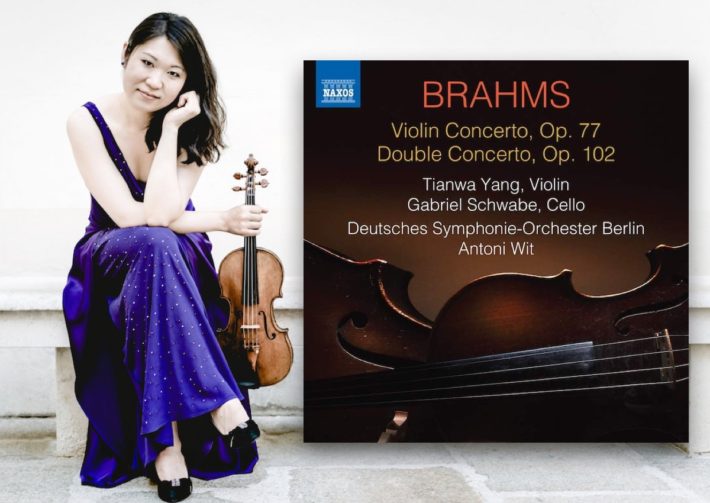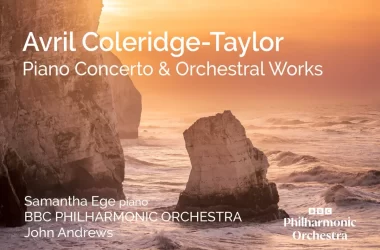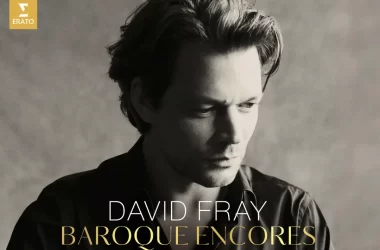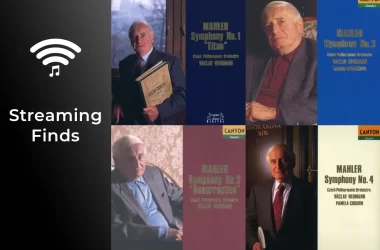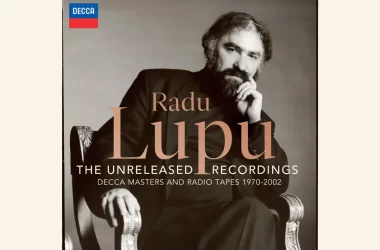Those familiar with Tianwa Yang’s previous albums on Naxos will surely recognise the violinist’s superb technical command. Her previous albums of Sarasate, Ysaÿe and Rihm have shown remarkable capabilities, so her new album of Brahms two canonic string concertos is rather intriguing.
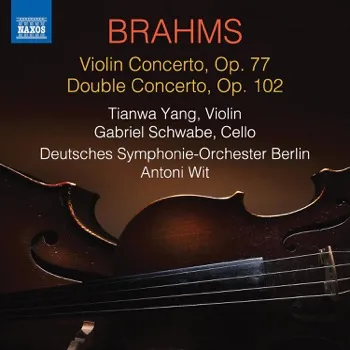
Yang is accompanied by a first-class orchestra, the Deutsches Symphonie-Orchester Berlin, under conductor Antoni Wit. The Violin Concerto opening is very promising, giving a thick-layered and flowing account of the introduction. Yang’s entry is impressive, with her almost effortless technique shining through the notorious opening bars. The violinist comes to her own in the transition to the second subject, magically changing the mood at 4:17 with memorable dialogue with members of the woodwind section. Another highlight comes at 5:45, with wonderful support to the sublime melody by the flute and strings. Throughout the first movement, yang’s tone is her usual sharp and direct, combined with an occasional interesting shading made by careful vibrato choices and accents in her bow work. Listen to the premeditated vibrato that gives extra warmth at the beginning of the development section (9:55), or to the mysterious segment at the end of the recapitulation (15:50). Contrary to other recent versions (Augustin Hadelich comes to mind), Yang plays the classic Joachim cadenza.
The slow movement is nothing but superb, with a directness that goes to the heart of the matter and is very attractive. There is a heartfelt performance of the oboe in the introduction and amiable support by the DSO Berlin in the stormy sections (3:55, track 2 is a good example). The finale is nice and cheerful, giving Yang another chance to display her brilliant virtuosity.
Double Match
Yang is joined by another Naxos artist for the Double Concerto – cello player Gabriel Schwabe. This is a good stylistic match, the violinist and cellist share the straightforwardness and sense of propose in this romantic piece. Here again, the slow movement is a delight, executed as sentimentally as it can be without being overbearing. The results are sincere and honest, yet never cold. Listeners who appreciated Schwabe’s previous Schumann album for Naxos will no doubt cherish this account as well.
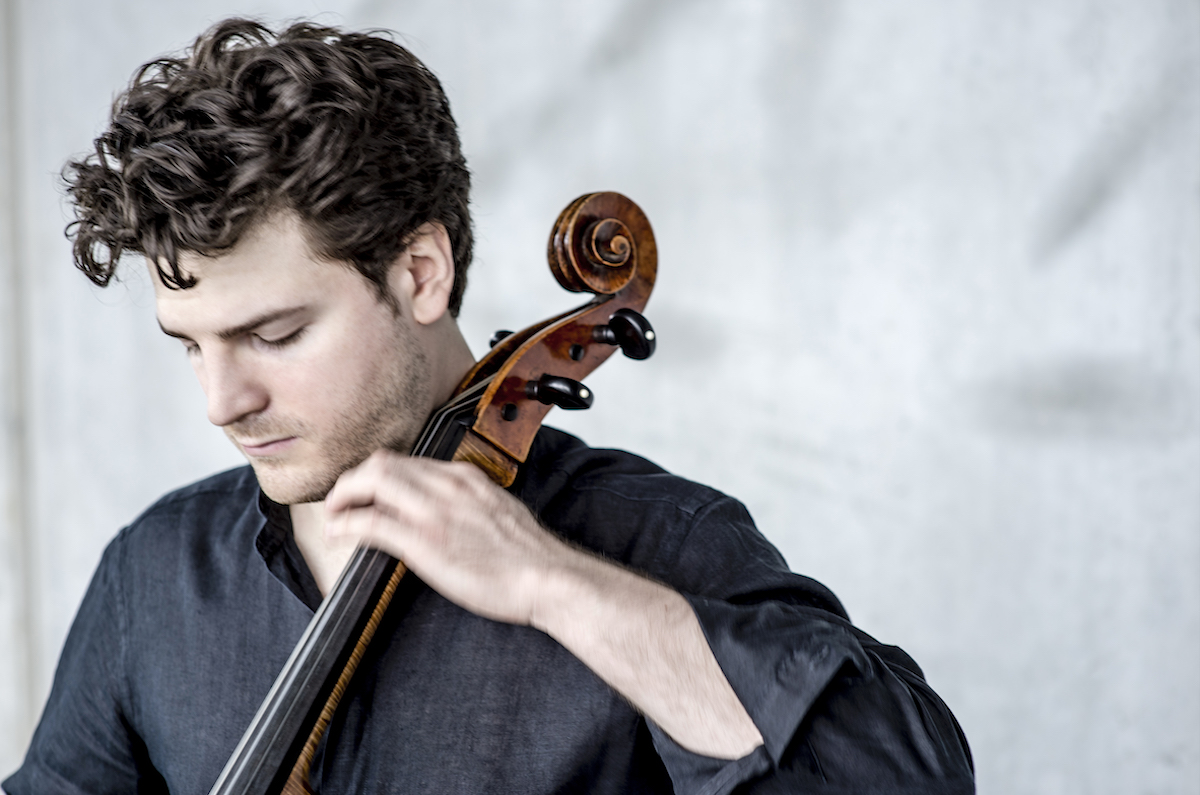
One tends to forget what a terrific orchestra is the Deutsches Symphonie-Orchester Berlin, somewhat stands in the shadow of her celebrated sister, the Berlin Philharmonic. Wit brings out the exquisite blend of all sections of the orchestra, and expertly encourage soloist from the group to shine, making these performances a fascinating give-and-take of ideas between ensemble, violinist and cellist.
The recording, made at the Jesus-Christus-Kirche in Berlin, is in the demonstrative quality in the Violin Concerto, yet is also slightly too close to the soloists in the Double Concerto, covering up important orchestral lines. Otherwise, this is a distinguished Brahms release, which can proudly stand alongside other recommended digital alternatives.
Top Image: ©️ Andrej Grilc
Brahms – Violin Concerto, Double Concerto
Tianwa Yang
Gabriel Schwabe – Cello
Deutsches Symphonie-Orchester Berlin
Antoni Wit – Conductor
Naxos, CD 8.573772


